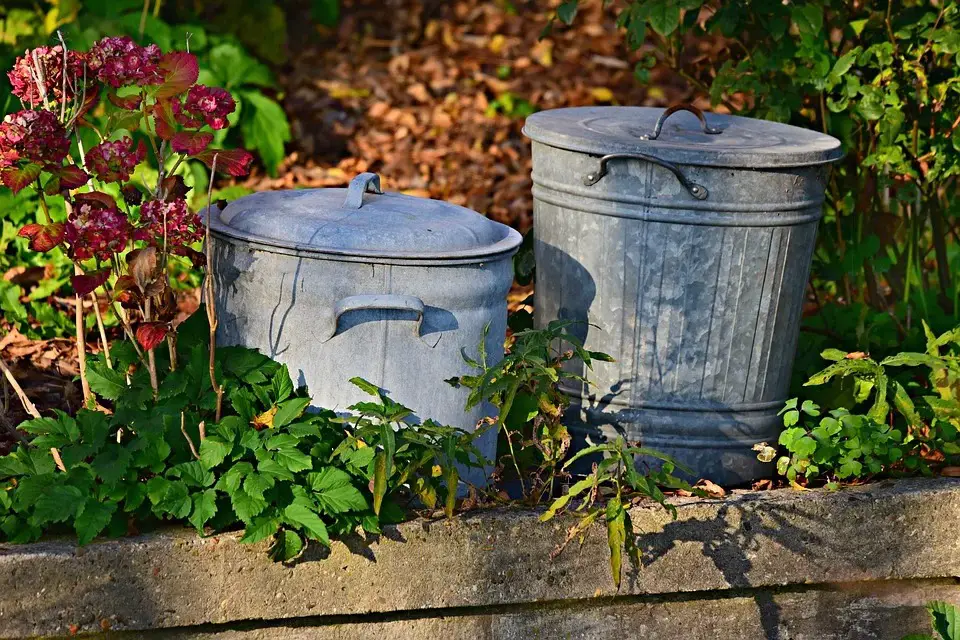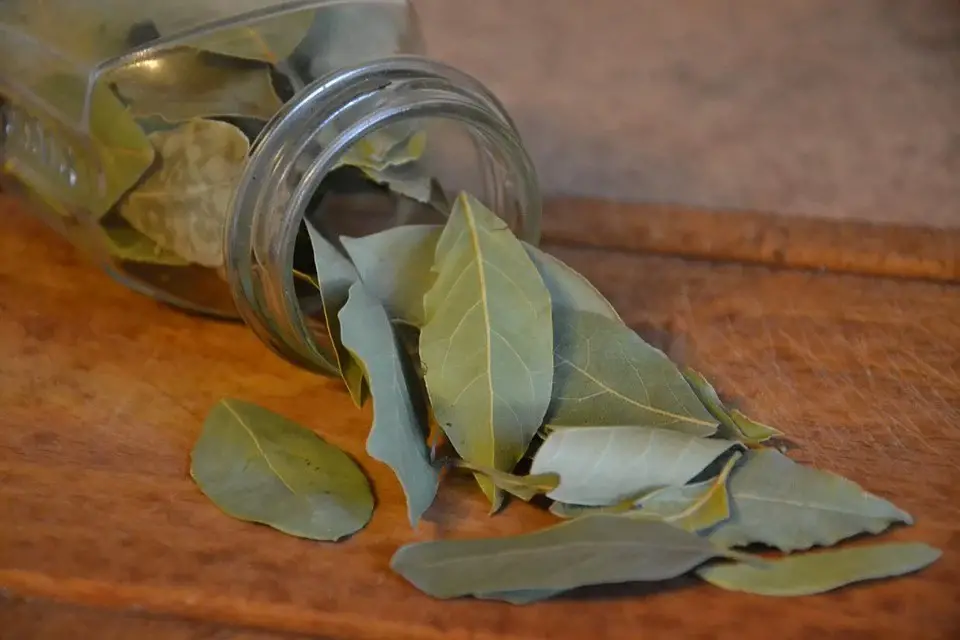Moths of any kind are problematic. Not only do you have to struggle with the constant whirring and buzzing noise, but they are also practically everywhere that you can see. And, if the infestation gets out of hand, the chances are that you will end up having to compromise on a lot of your sanity in the process.
Keep in mind that the adult brown house moths aren’t destructive. It is the larval stage that causes the issues. And, since they reproduce quite quickly, it isn’t surprising that their infestation is an alarming sign.
That said, if you are stuck here looking for ways to get rid of brown house moths, we have got your back. Not only do we have a list of remedies, but all of them are also proven effective in eliminating these infestations for good.
Also read: How to Get Rid of Termites? | 7 Natural Ways
Table of Contents
List of Ways to Get Rid of Brown House Moths
1. Start with Cedar
It is not very uncommon for people to have cedarwood furniture in their homes. Although they are pretty expensive, one good thing about them is that they work effortlessly to get rid of the brown moths from the house.
If owning actual cedar isn’t a possibility, there are cedar extracts and flavor sprays that you can spray along the house. Typically, it should be done with proper dilution with water. So, avoid spraying it directly on the surfaces because that will end up causing issues with children and pets.
This works with moths because the strong smell is a repellent for these insects, helping keep them away from your home.
2. Take Out Your Trash

Moths are attracted to food remnants and trash cans. This is a very common behavior that is exhibited along with all the species of house moths. So, your best bet would be to check for food crumbs on the floor or even the counters and clean them out immediately without any further thoughts.
Besides that, open trashcans also attract a host of these moths. So, take your trash out and make sure that you clean and dry the inside of the trash can now and then to reduce risks of luring in the moths with the remnant food smell on it.
3. Find the Infested Materials
Sometimes, we don’t realize this, but the infestation becomes so worse that they build up a home in a specific part of the house. Since these moths are often attracted to fabric and clothing pieces, the chances are that you will find these brown moths infiltrating through your wardrobe. In such cases, you need to find the infested sites in your home and then take them out of the house into a secluded area.
If the moths have dug through the furniture, make sure you take out the furniture too and ensure that you expose it to some sunlight. The infestation can also leave behind the pupae remnants, skins, and webs that you need to clear out as well.
4. Try Out Powdered Herbs

Although this is folklore that people have been talking about for ages, you need to realize that the reason why this is such a popular method is that it works. Get a small cotton fabric or a cotton bag and fill it with a range of dried herbs, including rosemary, bay leaves, cloves, and thyme. Once done, you can place it inside the common infestation sites like the wardrobes, dresser, or even around the living room furniture.
The strong odor from these dried herbs is overwhelming for the moths, keeping them out of the spot and preventing future infestations. If you can’t get your hands on the dried herbs, essential oils work well too.
5. Clean and Deep Clean
We can’t stress this enough, but cleaning is something that you can’t miss out on. If you aren’t paying close attention to the cupboards, it is important you take out all the contents of the cupboard and then clean them thoroughly from the inside and out. Doing this ensures that you clear out any larvae or other dirt inside the cupboard to prevent further infestation.
Once that is sorted, spray the exteriors with some essential oils or other chemical protectants for the furniture and clothes to repel the moths from settling inside the cupboard. If that doesn’t work, you can always clean the insides with some soap and water if you have water-resistant furniture.
6. Seal the Clothes
Since the brown house moths tend to infest the insides of the cupboards for the clothing and fabric, your best bet to keep them at bay is by sealing off the clothes inside an airtight bag. This will prevent the clothes from getting damaged.
The vacuum-sealed packaging is often considered ideal. They keep the moths at bay and also contribute to superior space management, especially if you have limited space in the wardrobes at your home. So, if you want to know how to get rid of brown house moths, this is a proven method.
7. Use Sticky Traps
Since brown house moths are very easily found and then infiltrate the houses quicker than you can imagine, companies have now come out with various sticky traps that work miraculously in catching and getting rid of them from the house.
What you need to do is get a sticky trap and spray them with some moth pheromone to attract the brown house moths and trap them in it. Once you have a few caught, you can take the trap out and discard it. Repeat the same a few more times until all the visible moths are trapped and disposed of somewhere else.
8. Wash the Clothes in Warm Water and Bleach
If any of your clothes in the cupboard show signs of moth infestation, you need to take it out immediately. Once that is done, clear out the space and spread out the clothes under direct sunlight for a few hours. Look for signs of larvae or eggs in those clothes and destroy them immediately.
Once that is done, you need to take the clothes and wash them in the highest setting in some warm water and diluted bleach solution. This works miraculously in saving your clothing and getting rid of the moth larvae or even the adult moth clinging onto the fabric.
If you don’t want to do that, dry cleaning is an option too. But, if you are getting it done by a professional, you will have to pay quite a lot of money for the same.
9. Use Vinegar and Water Solution

Another effective way that you can use to get rid of the moth infestation inside the home is by using a blend of vinegar and water solution. This works like magic, especially if you are cleaning out closed areas like dressers and cupboards after a long time.
Ideally, white vinegar is what works best. Since the smell is quite pungent, it works in disinfecting the areas and also preventing the future infestation of these moths.
10. Consider Getting Professional Services
Brown adult moths are a pain to control if the infestation has gone out of hand. This is where you need to reconsider your decisions and do something before it takes a turn for the worse. Typically, there is a range of pest control services that help manage such situations. So, if you are tired of not seeing results in a reduction of the infestation, your best bet would be to get the needed help.
Pest control can assess the damage, plan the action and then implement the same accordingly to clean out the entire space without any complications.
If you are struggling to find how to get rid of brown house moths, we hope this article gives you all the insights that you need to know. Always ensure that you follow along with the right tips and take precautionary steps to prevent the infestation from getting worse. Also, if possible, keep a check on the tight spaces you haven’t cleaned in a long time.
Also read: How to Get Rid of Groundhogs? | 11 Effective Remedies
Frequently Asked Questions (FAQs)
What Kills Brown Moths Immediately?
Insect repellents work pretty great in killing these insects immediately. However, they leave a very bad stench and can be harmful if kids and pets are around.
Why Do I Have a Brown Moth Infestation?
Brown moths can come in from external sources with your shopping bags, shoes, and even your clothes. Typically, the larvae are what hatches into an adult moth which further causes the infestation.
What Odor Does Brown Moth Hate?
Brown house moths hate the smell of cedar and a range of essential oils like tea tree, rosemary, and even thyme oil, if you have any. The strong odor is often one of the best repellents for these insects.
